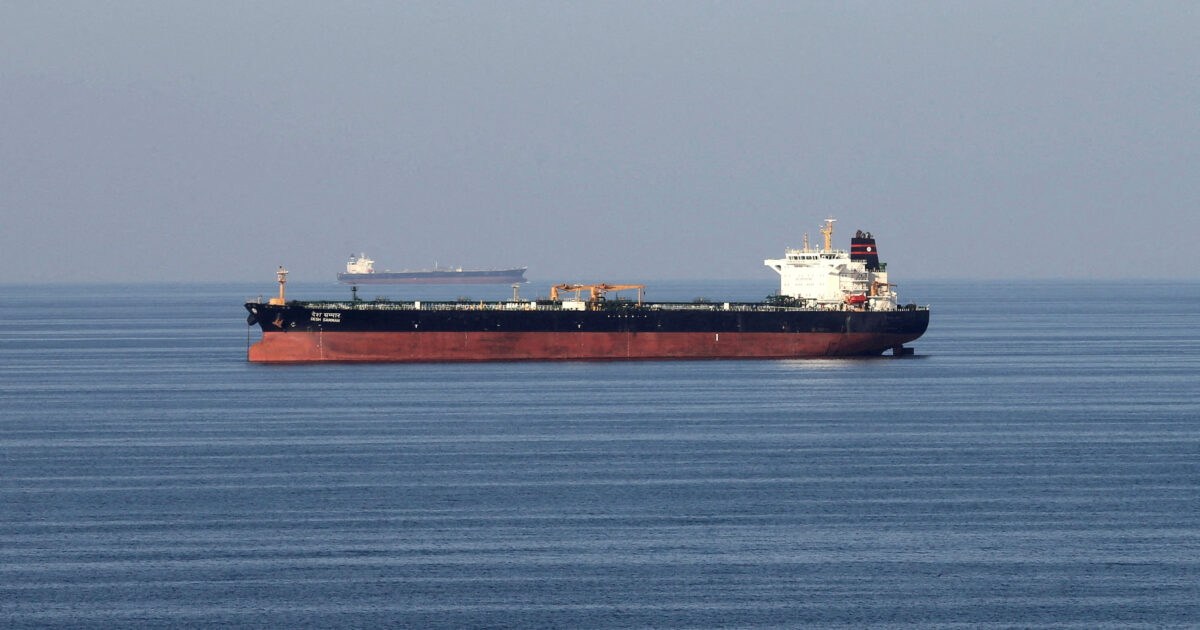After the US bombardment in the Iranthe market oil It provides a clear but probably temporary rise to prices on Monday morning (23.06.2025).
Kpler appears restrained, which estimates that the rise will be up to $ 8-10 per barrel, resulting in Brent oil being in the range of $ 85-87 from $ 77 on Friday. As the company noted, the increase is not going to last, as things stay here, without further escalation. However, everyone’s eyes are focused on Iran and the decisions it will make from now on.
It should be emphasized that the decision -making process in Iran is now passing through the ideological filter, as American participation substantially changes the nature of the conflict.
After all, anti -Americanism is not just a political slogan in Iran, but is a Raison d’être for the regime from the 1979 revolution. Thus, the government cannot easily ignore US attacks, without suffering a blow to its legalization.
Based on the above, everyone’s attention is focused on both the short -term and the long -term reaction of Tehran and its effects on energy markets, especially oil.
Naturally, if the Iranians hit US targets, then the conflict is generalized and it is likely that navigation is threatened in the straits of Ormuz. The same is true if Americans and Israelis choose to hit oil production and export plants in Iran. At present, the actions of each side show that they want to avoid such a possibility.
However, already some third -party tankers sailing to the straits decided to turn 180 degrees and turn in other directions. In Greece, the administration of Helleniq Energy (formerly ELPE) announced that ships would not be shipped to receive quantities of oil from Iraq.
In a first position, the Minister of Environment and Energy, Stavros Papastavrou, said: “We have traditionally true, honest relationships with the Arab world and Israel. We are shielded energy, we have a differentiated energy mix and we can respond. Of course, we are part of a global economic and energy system and obviously any great global instability affects us. “
OPEC’s reaction
Most experts estimate that a crisis in the straits would lead to explosion of oil prices, but rather a short duration. This is reasonable, as a primary concern not only for the US, but for Gulf and Europe, it would be the restoration of supplies as soon as possible by any means.
Analysts believe that in such a scenario we would initially see more than $ 100 prices and then consolidating them lower, but clearly higher than we have used to in recent months.
At present, Saudi Arabia and the UAE increased their exports during the first 20 days of June by 870,000 million barrels/day. At the same time, the prices of this oil have risen significantly along with ship premiums and fares.
In total, OPEC has a “pillow” of producing 6 million barrels/day it can use to cover any loss of Iranian exports, which amount to close to 2.2 million barrels.
Long -term consequences
In the event of Iran’s oils, China would be a big loser, which is provided with significant quantities for low price. The Chinese economy would lose this comparative advantage and there are some who believe that this may be a pursuit of Donald Trump.
Passing the longer -term horizon, a perpetuation of the conflict without a decisive effect, will consolidate the geopolitical premium at oil prices. This is obvious, because there will be constantly a sword sword over the straits of the hormoz and the wider area.
Also, we should not ignore the role that Yemen’s Houthis play as the only “tentacle” of the Iranian Allied network that is still a threat.
In 2019, Saudi Aramco facilities had suffered severe damage to a drone attack, resulting in a temporary interruption of half of its oil production. This is a blow that Saudi Arabia has not forgotten and showed how vulnerable it is.
The West’s military efforts so far have failed to limit the Houthi and it remains to be seen whether the enhanced presence of US forces in the Middle East will be exploited in this direction as well.
